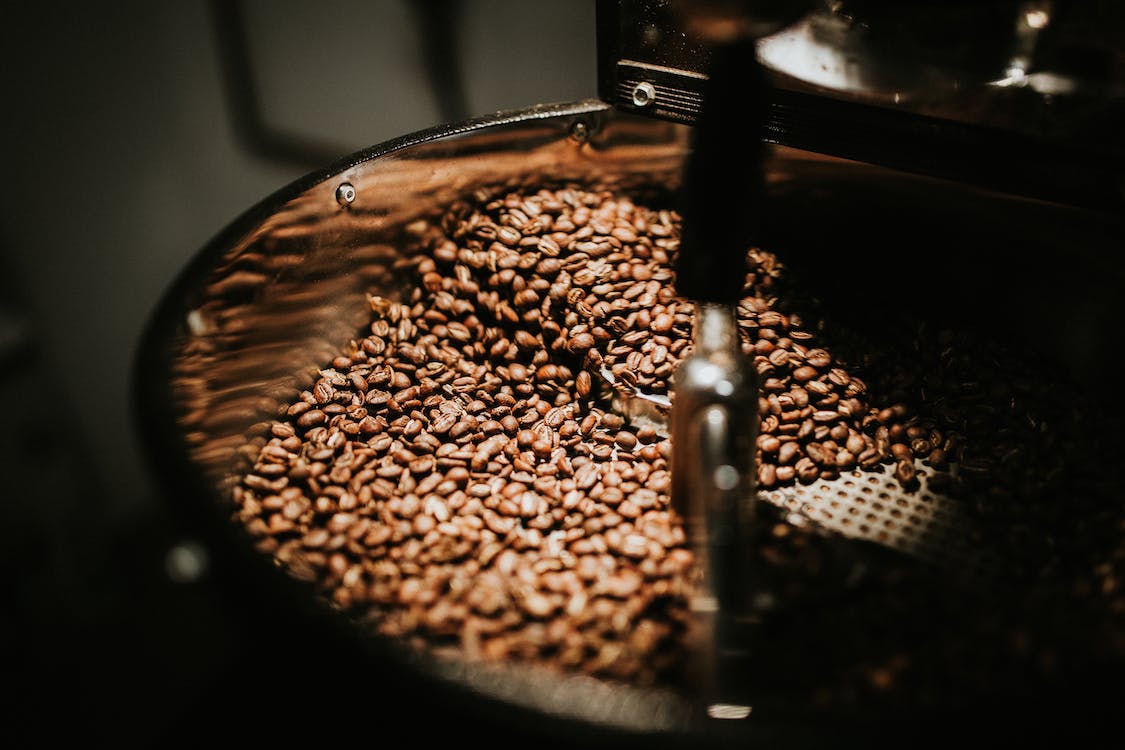
FAQ About Coffee

What are the different types of coffee beans?
The two main species of coffee that are commercially cultivated and consumed are Coffea arabica and Coffea canephora, commonly known as Arabica and Robusta, respectively. These two species account for the majority of coffee production worldwide. Here's an overview of each:
Arabica (Coffea arabica):
- Arabica coffee is considered the higher-quality and more flavorful variety.
- It is grown at higher altitudes, typically between 2,000 to 6,000 feet (600 to 1,800 meters) above sea level.
- Arabica beans have a complex flavor profile with nuances of sweetness, acidity, and aromatic notes.
- They generally have a milder and smoother taste compared to Robusta beans.
- Arabica beans contain less caffeine than Robusta beans, usually ranging from 0.8% to 1.4%.
Robusta (Coffea canephora):
- Robusta coffee is hardier and more resistant to diseases and pests, making it easier to cultivate.
- It is grown at lower altitudes, typically between sea level and 2,000 feet (0 to 600 meters) above sea level.
- Robusta beans have a stronger and more bitter taste compared to Arabica beans.
- They have higher caffeine content, ranging from 1.7% to 4%.
In addition to Arabica and Robusta, there are also some other less common species and varieties of coffee beans. However, they have relatively smaller production volumes and are less widely known. Some examples include:
- Liberica (Coffea liberica): This variety is known for its large bean size and distinct, somewhat fruity flavor. It is primarily grown in regions like the Philippines and Malaysia.
- Excelsa (Coffea liberica var. dewevrei): Excelsa is often considered a separate species but is sometimes classified as a variety of Liberica. It has a unique flavor profile that combines fruity and tart notes.
It's important to note that within each species and variety, there are also different cultivars and hybrids developed through breeding programs, resulting in a wide range of flavor profiles and characteristics. The specific growing conditions, processing methods, and roasting techniques also contribute to the diverse flavors and aromas found in different types of coffee.
